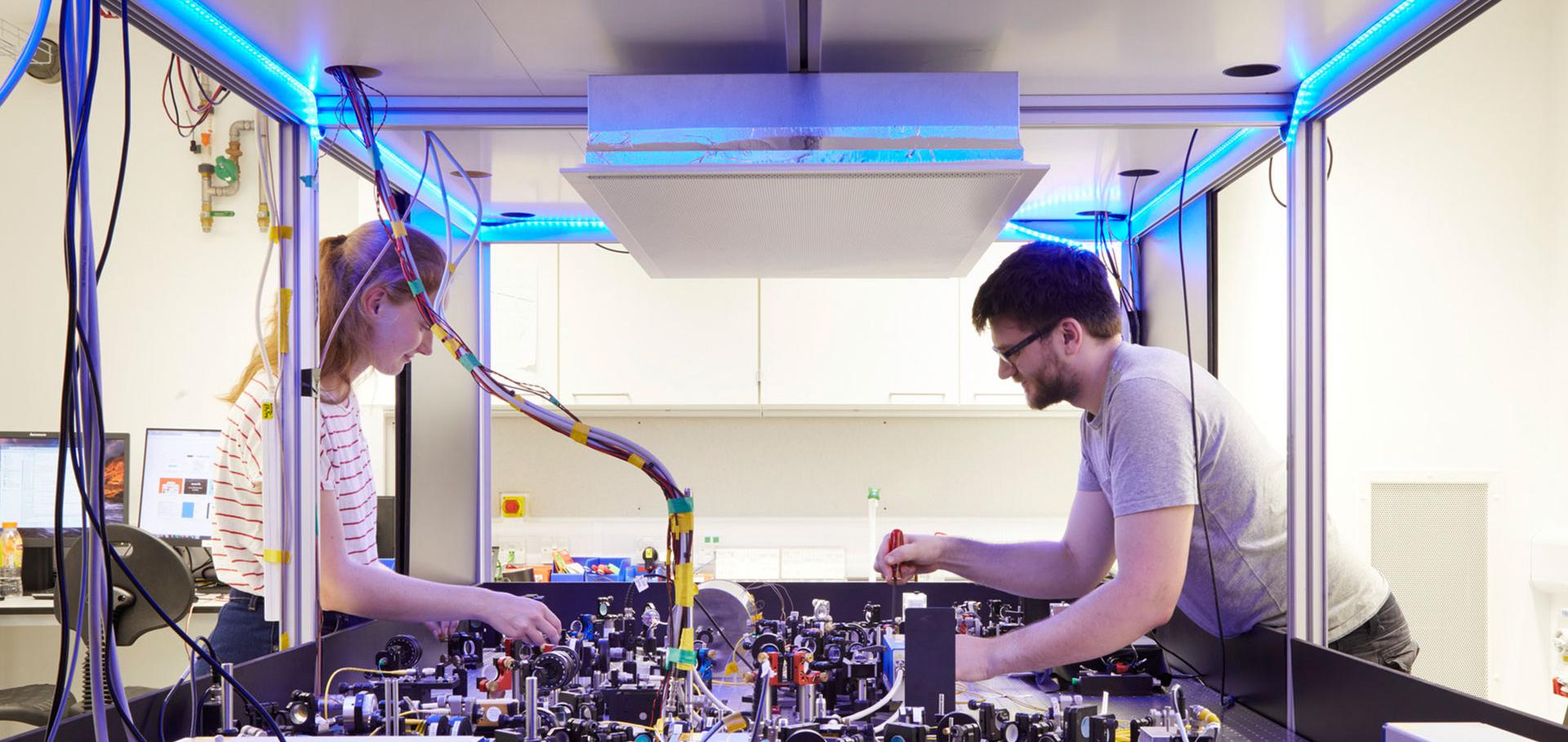Robust and Deterministic Preparation of Bosonic Logical States in a Trapped Ion
Physical Review Letters American Physical Society (APS) 133:5 (2024) 050602
Direct observation of geometric-phase interference in dynamics around a conical intersection
Nature Chemistry Springer Nature 15:11 (2023) 1503-1508
Predicting molecular vibronic spectra using time-domain analog quantum simulation
Chemical Science Royal Society of Chemistry (RSC) 14:35 (2023) 9439-9451


